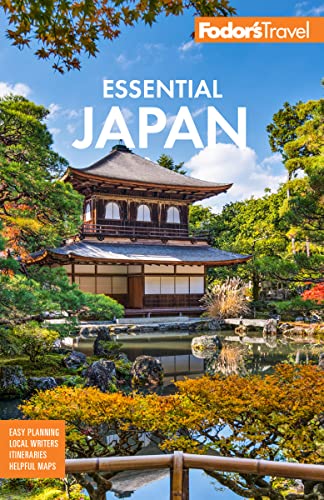Sado is known as much for its unblemished natural beauty as for its melancholy history. Revolutionary intellectuals, such as the Buddhist monk Nichiren, were banished to Sado to endure harsh exile as punishment for treason. When gold was discovered on Sado during the Edo period (1603–1868), the homeless and poverty-stricken were sent to Sado to work as forced laborers in the mines. This long history of hardship has left a tradition of soulful ballads and folk dances. Even the bamboo grown on the island is said to be the best for making shakuhachi, the flutes that accompany the mournful music.
May through September is the best time to visit Sado. In January and February the weather is bitterly cold, and at other times storms can prevent sea and air crossings. Although the island is Japan's fifth largest, it's still relatively small, at 530 square km (331 square miles). Two parallel mountain chains running along the northern and southern coasts are split by a wide plain, and it is here that the island's cities are found. Despite the more than 1 million tourists who visit the island each year (more than 10 times the number of inhabitants), the pace is slow.
Sado's usual port of entry is Ryotsu ??, the island's largest township. The town's center runs between Kamo-ko (Kamo Lake) and the coast, with most of the hotels and ryokan on the shore of the lake. Kamo-ko is connected to the sea by a small inlet running through the middle of town. Ryotsu's Ebisu quarter has the island's largest concentration of restaurants and bars. Give yourself at least two days to take advantage of the beauty of Sado Island. For music lovers, the Kodo Earth Celebration in mid-August is not to be missed.




